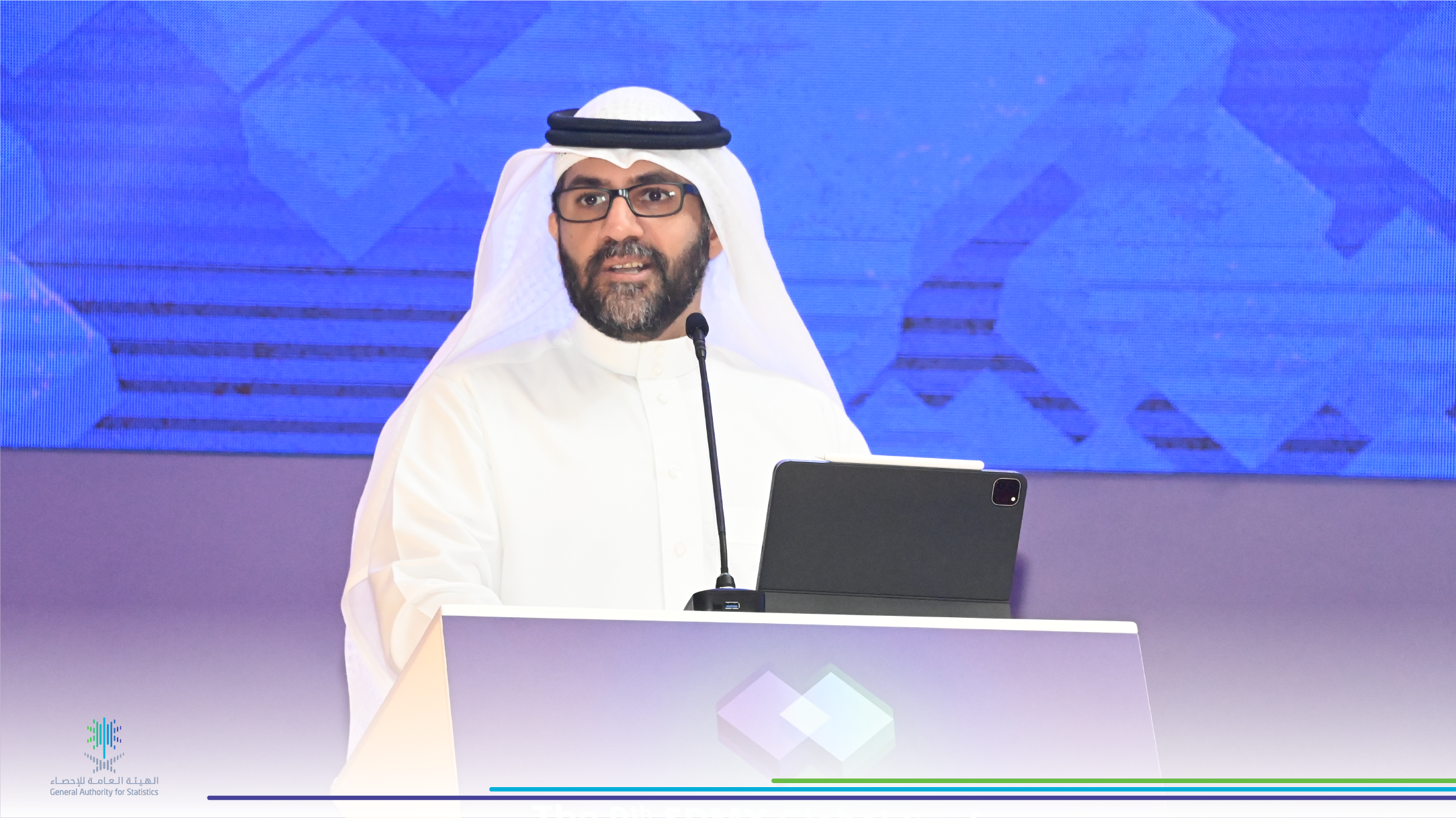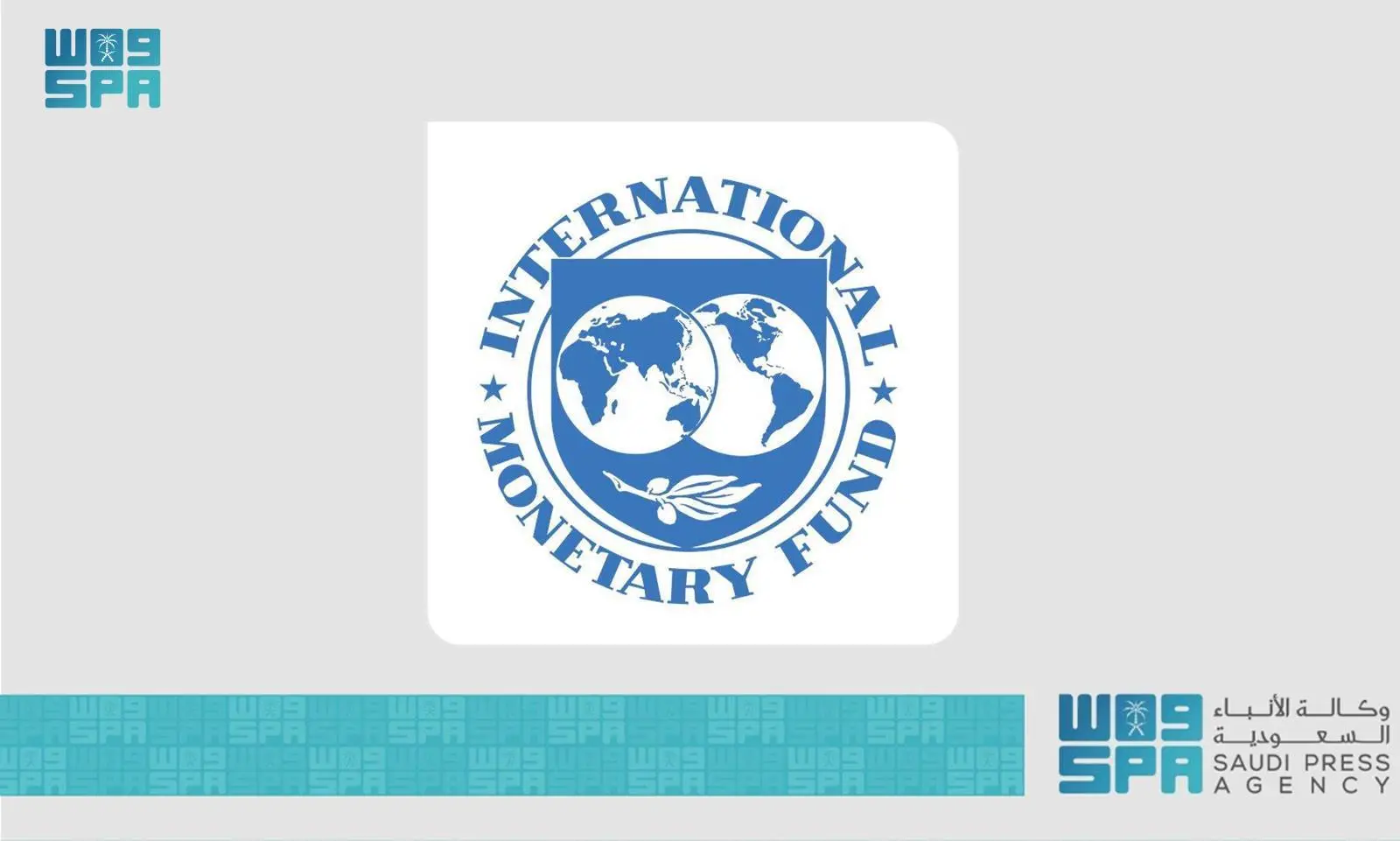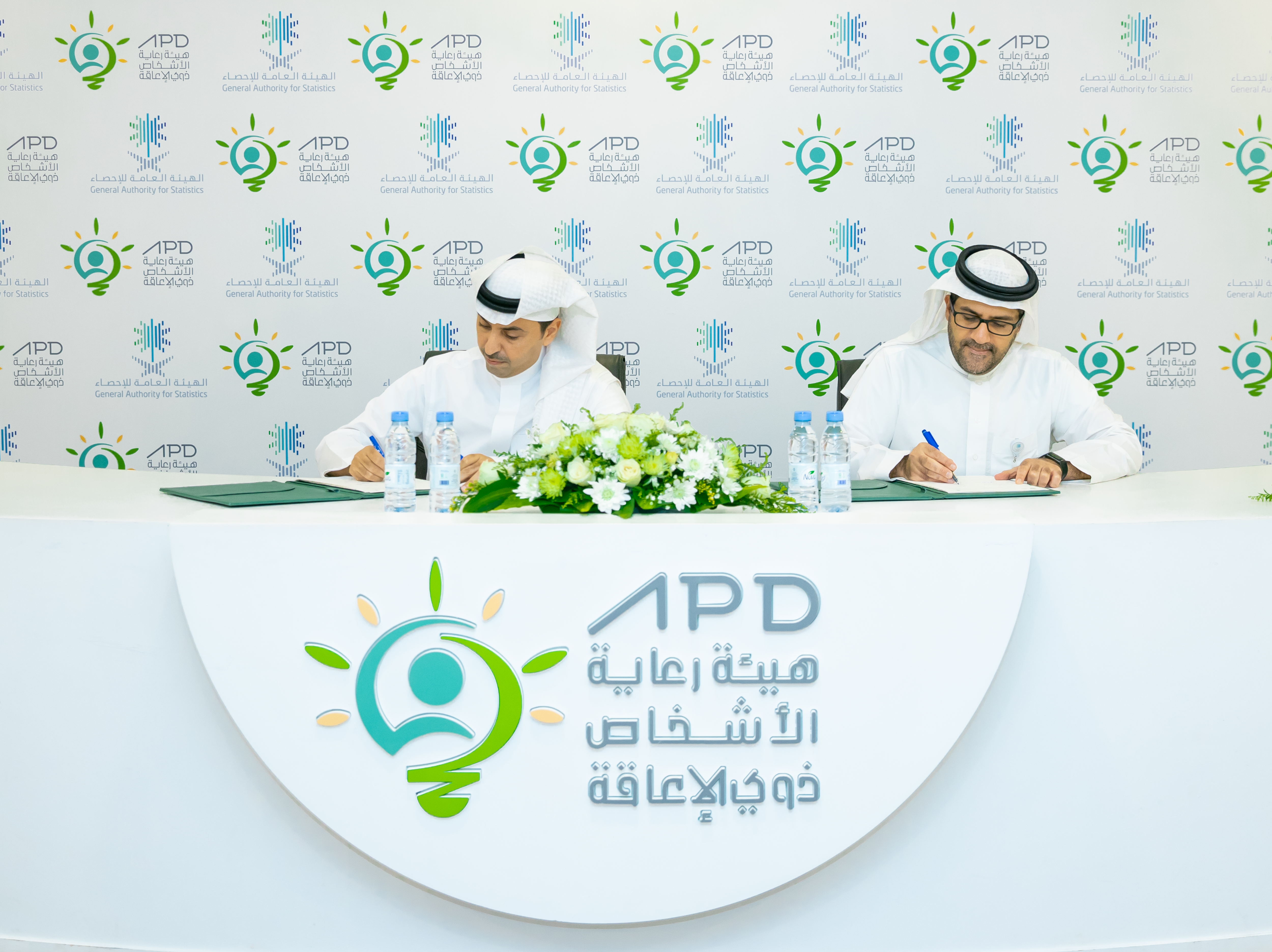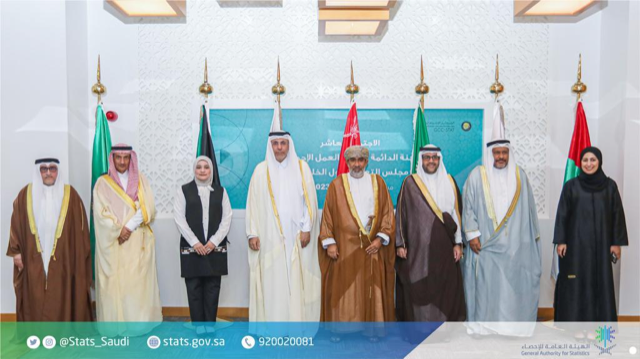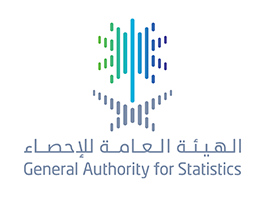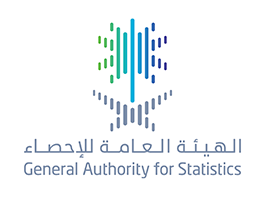IMF says The Saudi‘s Economic & Fiscal Position are Strong Due to Ongoing Reforms Under Saudi Vision 2030
23-10-2023
The International Monetary Fund (IMF) issued a positive report on the Kingdom of Saudi Arabia after the conclusion of their 2023 Article 4 Consultation discussions with the Kingdom. The IMF report affirmed that the Saudi economy is in a state of prosperity and growth, and that the Kingdom's fiscal position is strong. The IMF also praised the progress Saudi Arabia has made in implementing its Saudi Vision 2030 reform agenda.
Additionally, the IMF lauded the acceleration of the Kingdom's digital transformation, the increase in female participation in the labor market, reforms in the regulatory and the business environment, ongoing efforts to invest in human capital, and the continuous growth of non-oil GDP.
The report commended the Kingdom's continuing efforts to complete economic and financial reforms and achieve Saudi Vision 2030 targets, noting that the Kingdom was the fastest-growing G20 economies in 2022 with a rate of 8.7%, and with non-oil GDP growing at about 4.8%, while unemployment rates among Saudis declined to their lowest historical level at 8%. The participation of Saudi women in the labor market has reached record levels at about 37% (from 18% in 2017), exceeding the target of 30% envisioned by Saudi Vision 2030. The report also welcomed the ongoing national efforts to enhance women's contribution to supporting the national economy.
In addition, the report praised the Kingdom's efforts to contain inflation that has cast a shadow over the global economy, explaining that it was contained through domestic subsidies/price cap on certain products, as well as the strength of the U.S dollar, which led to the consumer price index (CPI) reaching just 2.5% in 2022. The report noted that although the average index increased in early 2023 to 3.4%, it decreased again to 2.8% by May 2023.
The IMF report emphasized that the continuation of Saudi Vision 2030 reforms represents progress in advancing the country's economic diversification programs to reduce its dependence on oil. It projected a continuation of the strong momentum of non-oil GDP growth, and that average growth will reach 4.9% in 2023, driven by strong consumption spending, increase private investment through projects and programs that enhance the growth of the private sector in addition to the accelerated projects implementation, which will reflect positively on the growth of non-oil GDP, the IMF said.
The report also welcomed the ongoing reform efforts within the framework of the Fiscal Sustainability Program, including improving non-oil revenues, rationalizing spending, and strengthening the public finance framework. It also noted the low and sustainable debt levels and the availability of a strong fiscal space, while praising the remarkable progress in public finance transparency through the expanded budget statement and other detailed reports.
The IMF stressed that the Kingdom's monetary policy (fixed exchange rate) is appropriate and serves the Kingdom's economy, and that the performance of the banking sector remains strong during the current year, thanks to the continuous efforts of the Saudi Central Bank (SAMA) to modernize the regulatory and supervisory frameworks. This contributed to the achievement of high profitability rates (higher than pre-pandemic levels), in addition to high capital adequacy ratios and low non-performing (NPL) loan ratios. The report also welcomed the efforts of the Saudi Central Bank to promote the Kingdom as a fintech hub.
The report praised the continuing efforts by the Kingdom's government to enhance governance, fight corruption, and confront the challenges of climate change. It also praised the plans being implemented to increase renewable energy, the Kingdom's goal to become the largest producer of clean hydrogen in the world, and the tangible role of the Saudi Green Initiative (SGI) in reducing carbon emissions, expecting that these efforts will contribute to reducing emissions to the target level for the year 2030, and indicating that the Kingdom recorded the second-lowest emissions globally per unit produced.
The report noted the positive transformation in the Saudi housing sector through a number of programs that contributed to an increase in the percentage of home ownership to 60.6% in 2022, in pursuit of the Vision 2030 goal of 70% by 2030. It also noted the importance of industrial policies in the success of the Kingdom's efforts toward structural transformation and diversification under Saudi Vision 2030.
With regard to the Kingdom's digital transformation, the report indicated that the Kingdom ranks high in a number of global digitization rankings for example digital infrastructure and the maturity of digital government transformation. Also, the strong digital development in Saudi Arabia has improved financial inclusion, the resilience of the financial sector, and enhanced government effectiveness, pointing out that Saudi Vision 2030 played a pivotal role in accelerating the pace of digital transformation.
